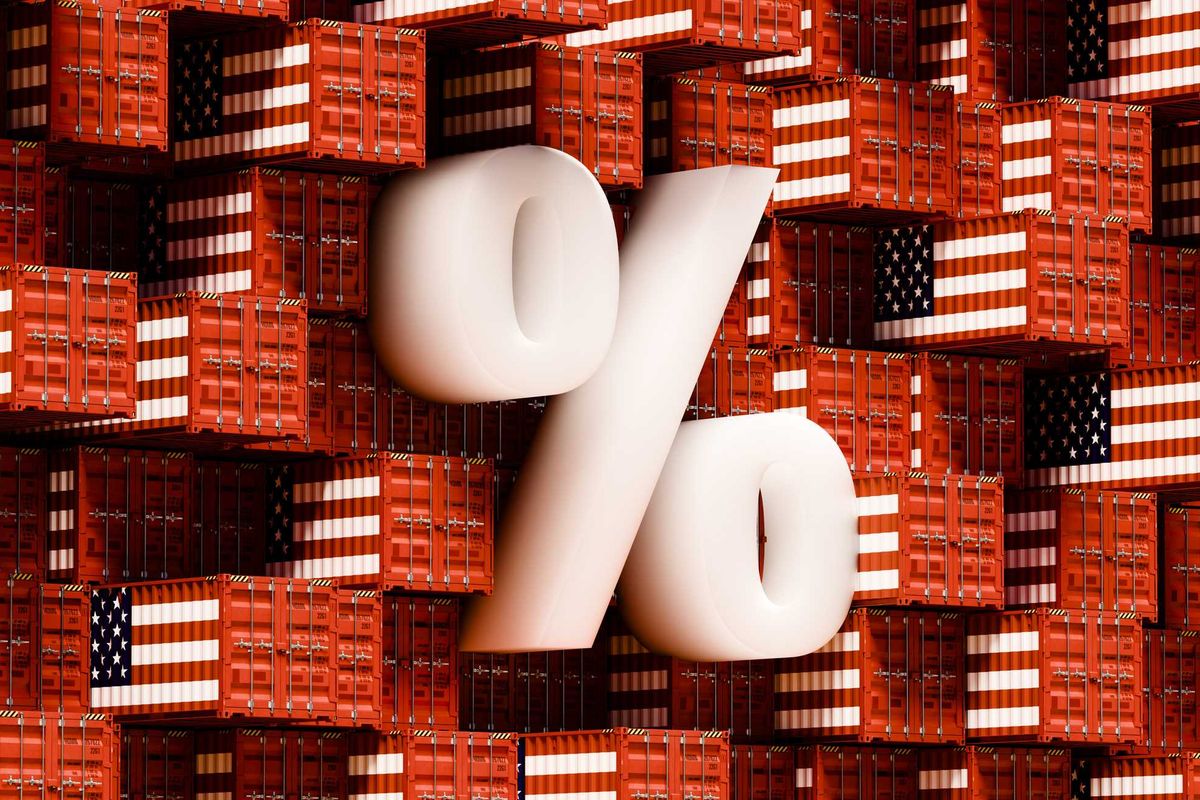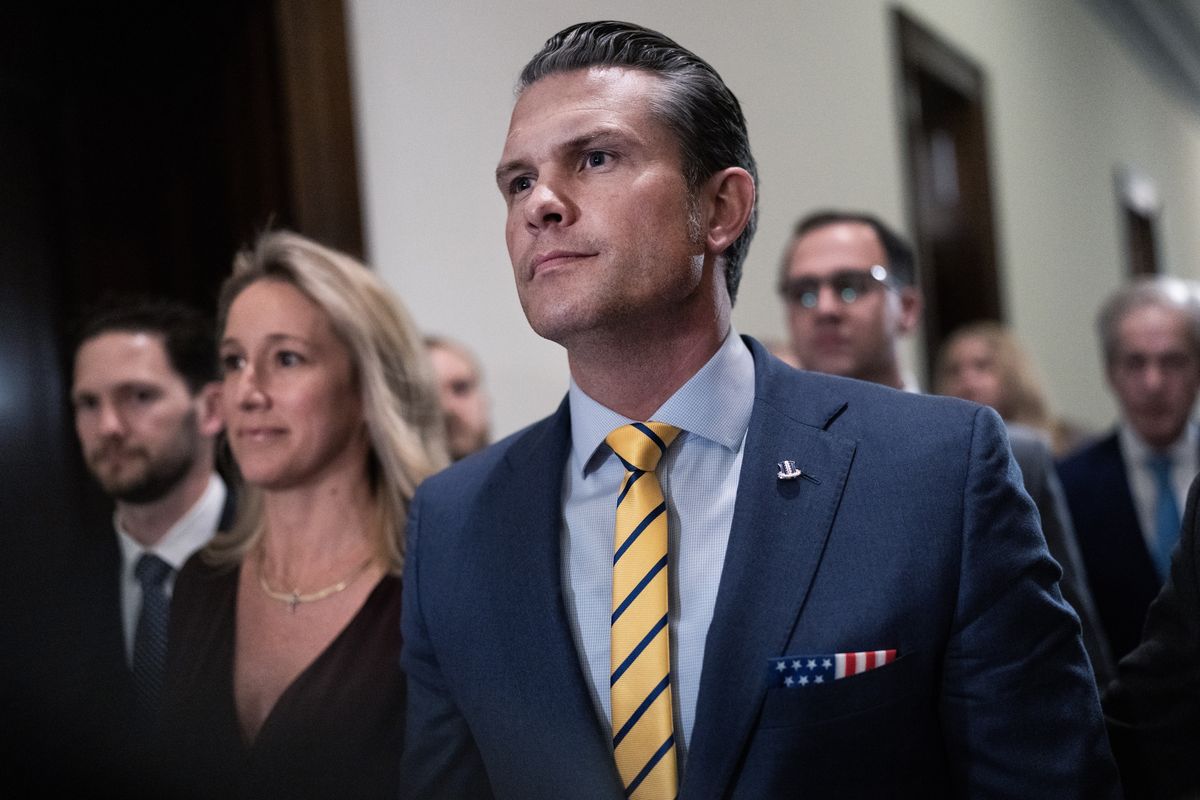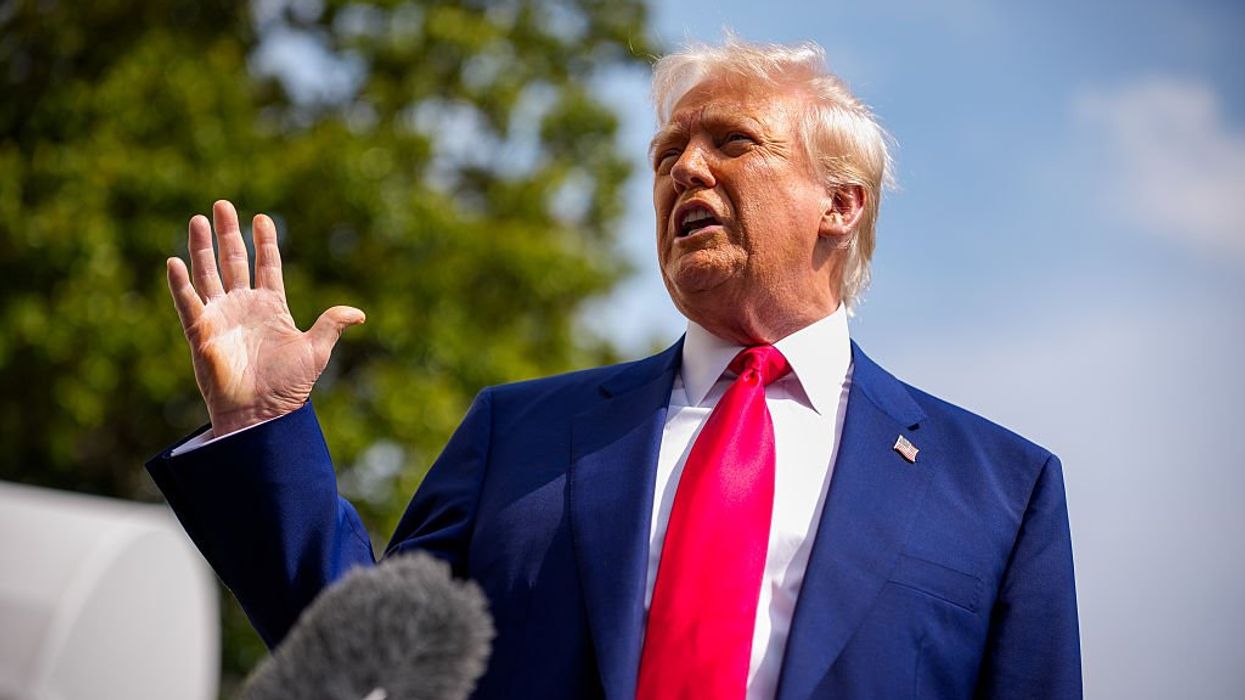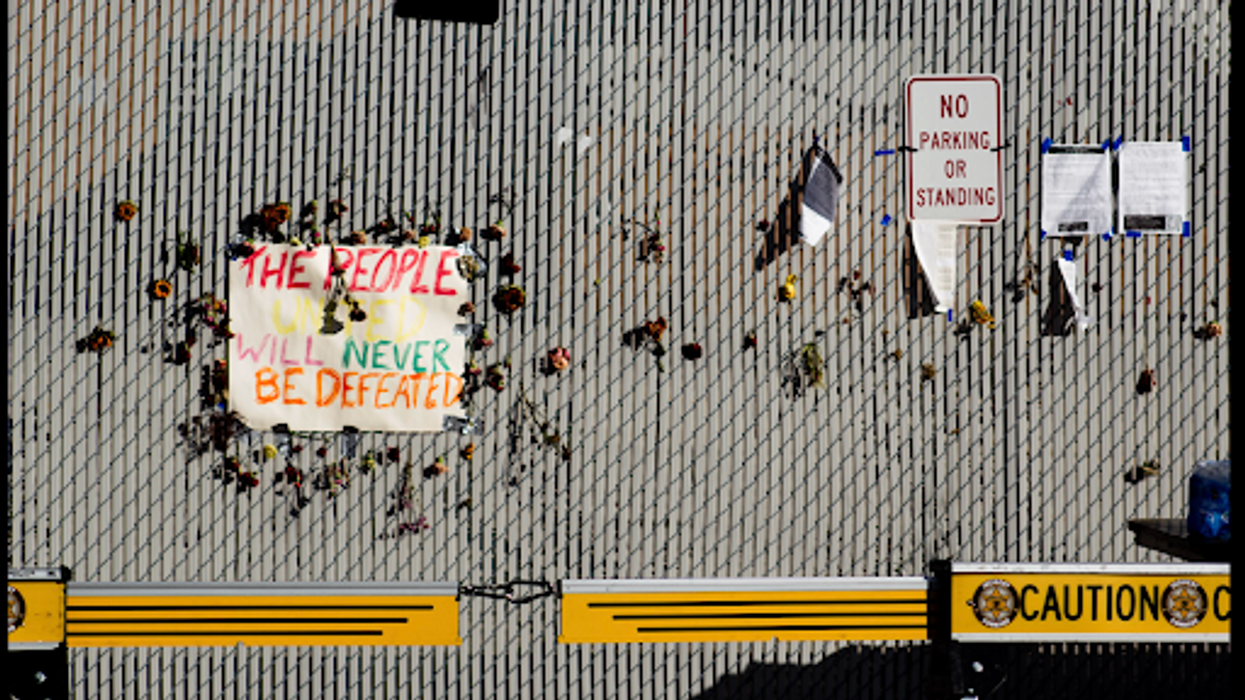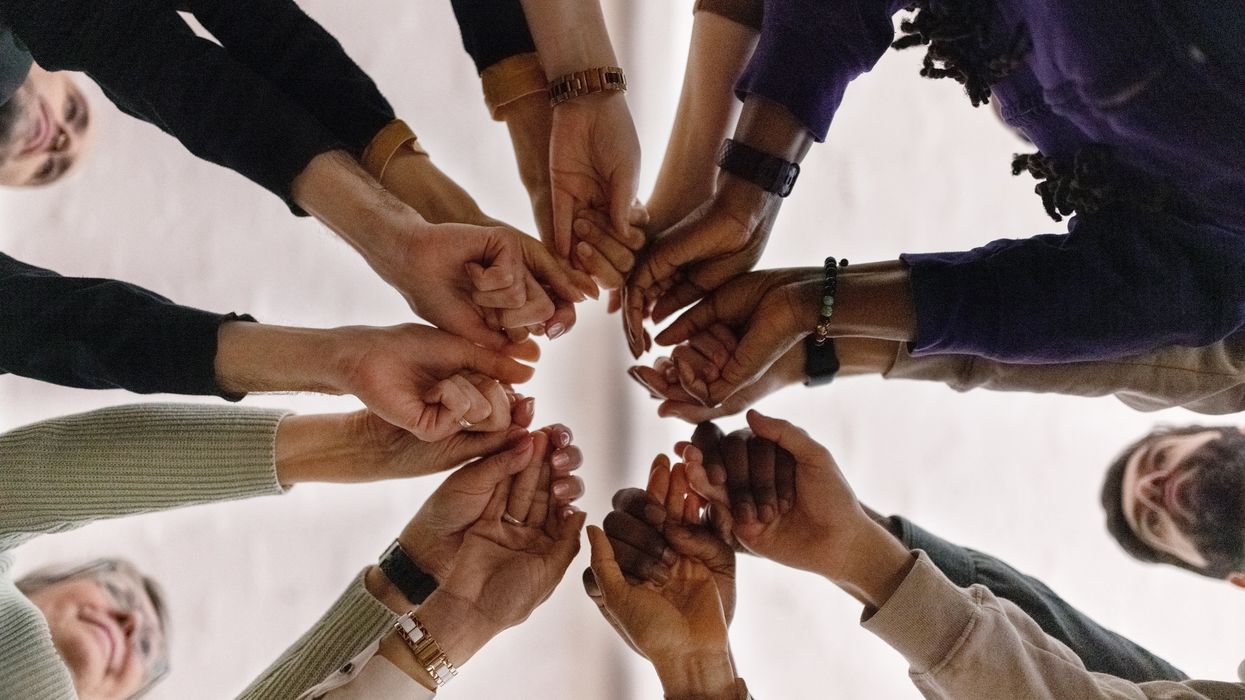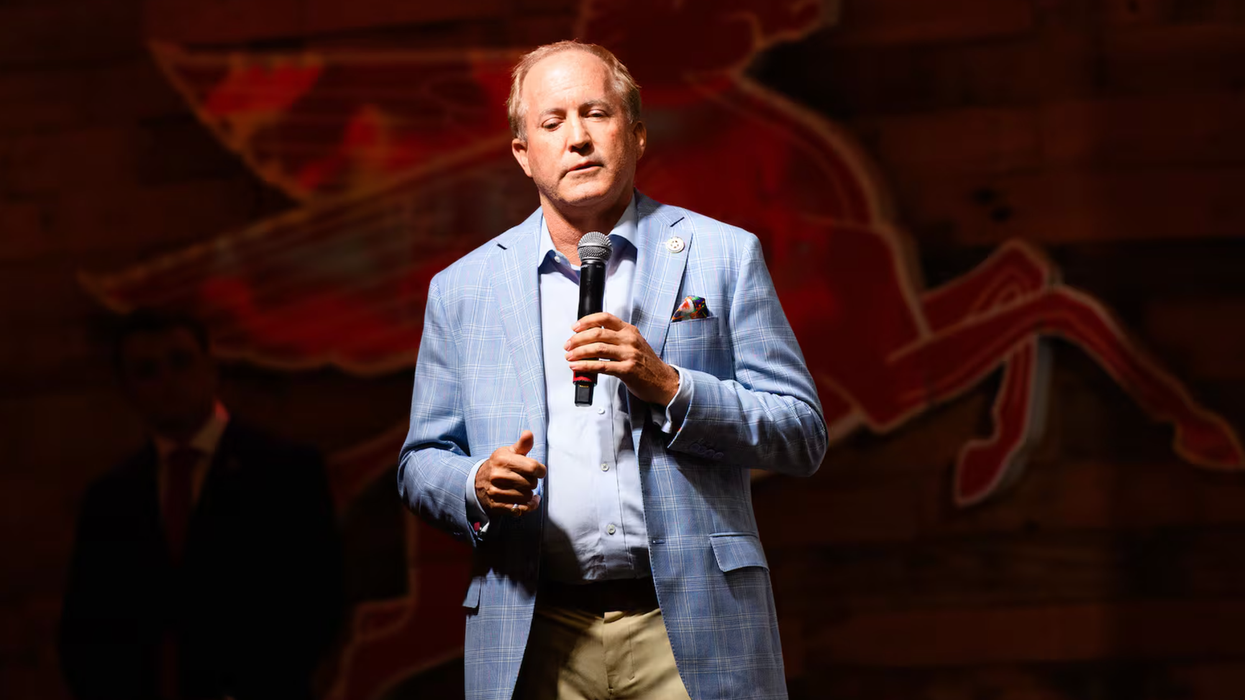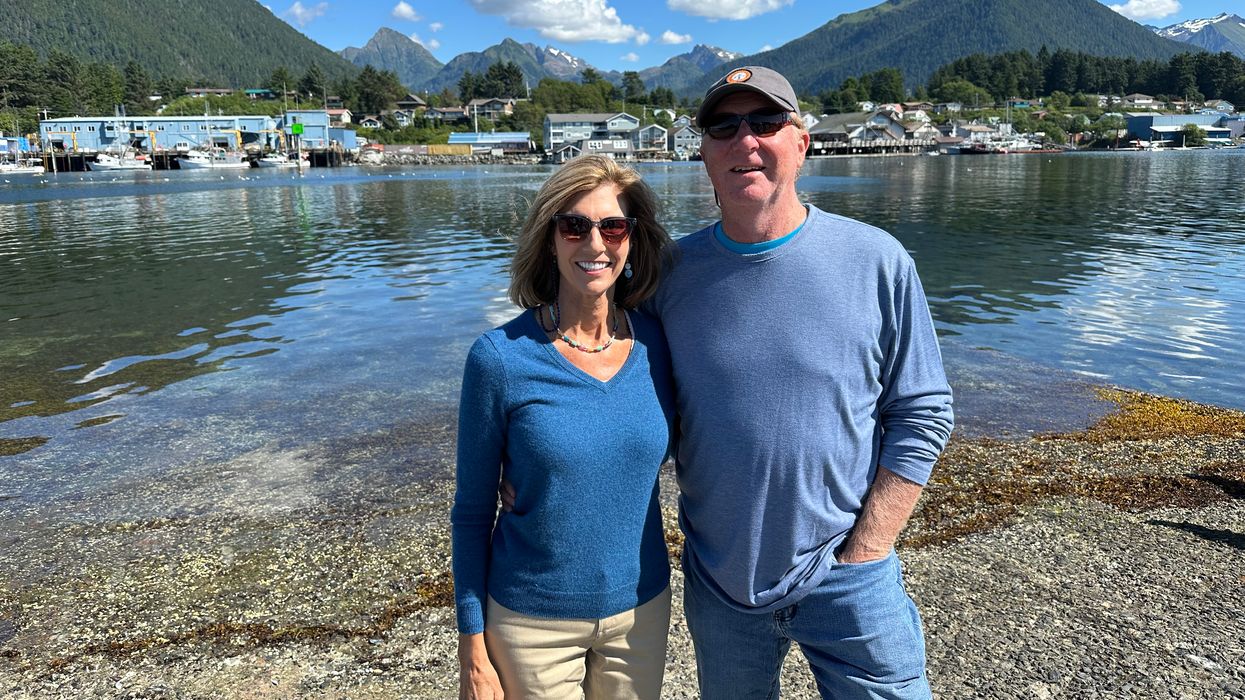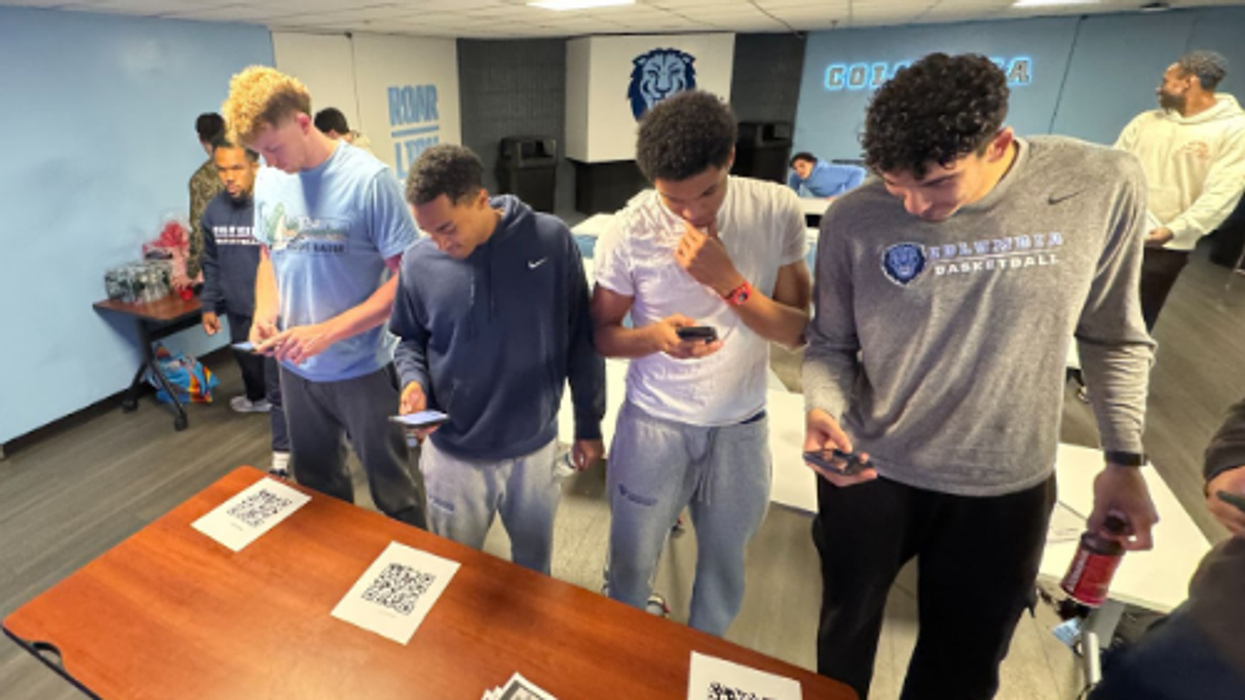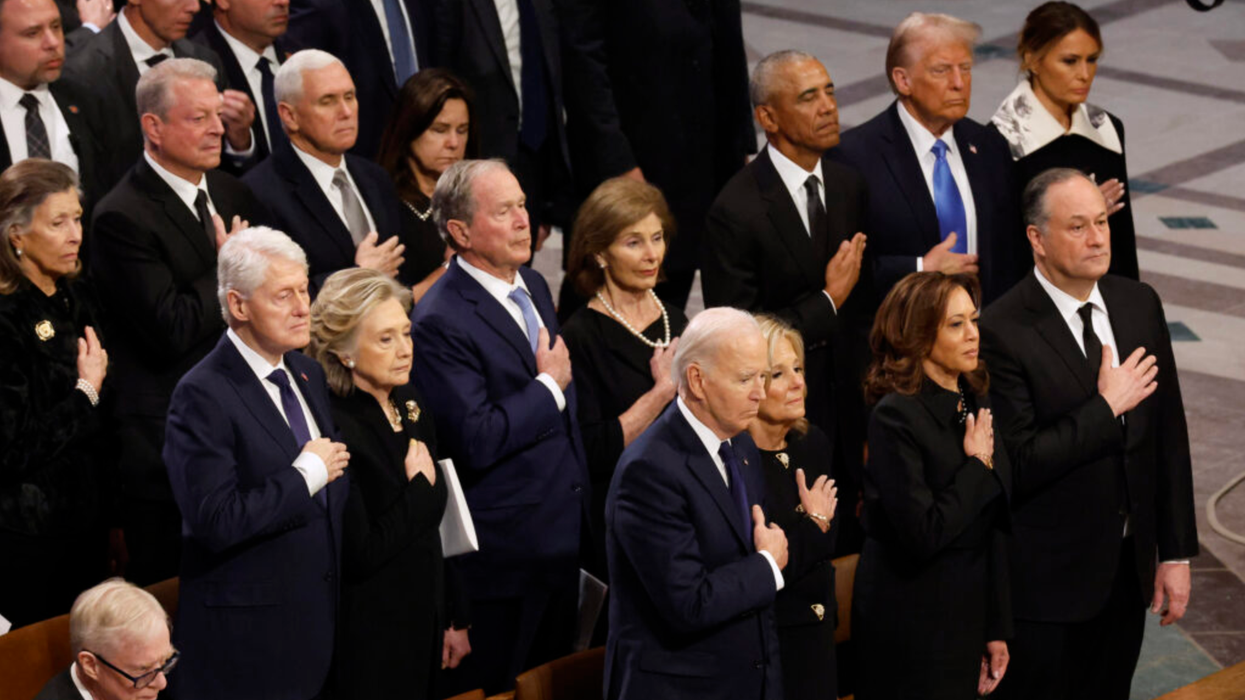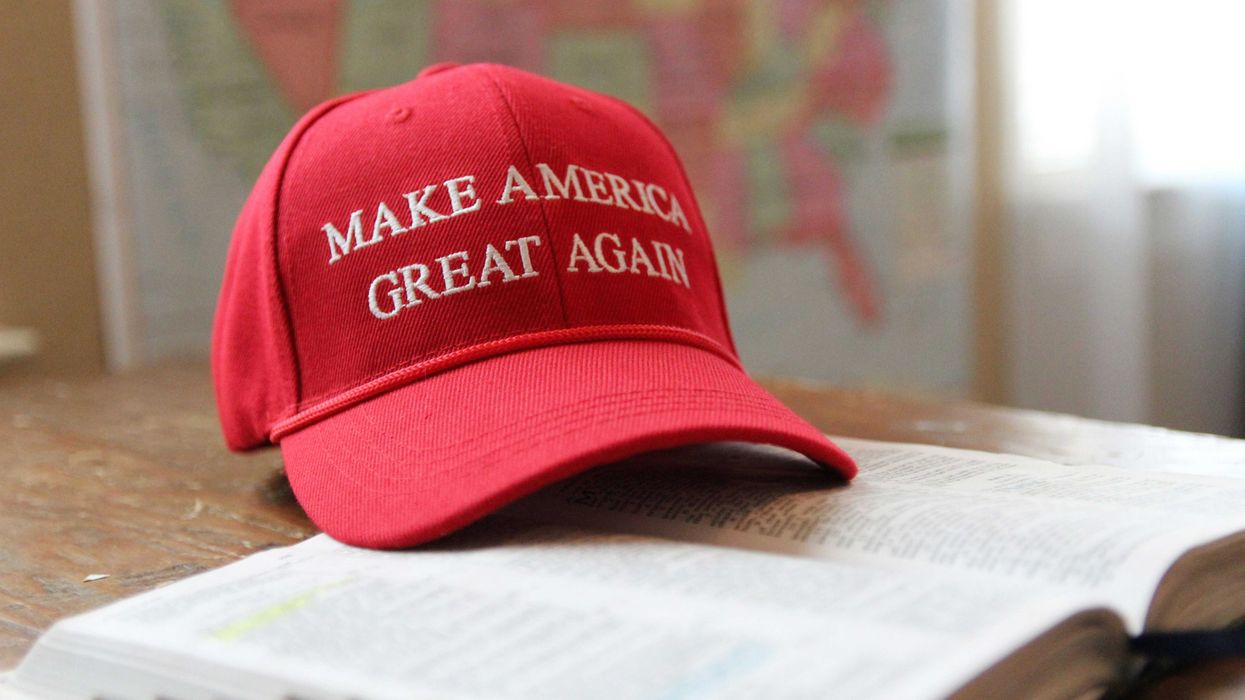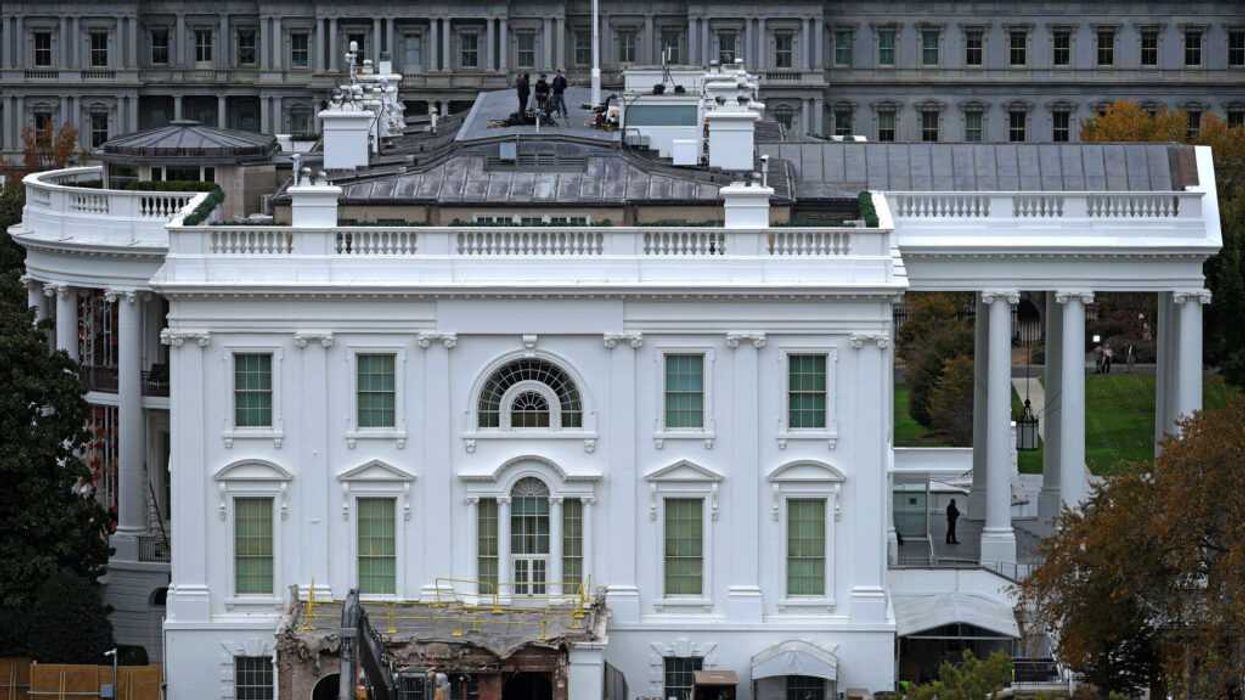The following is reposted with permission from his Substack newsletter, The Art of Association.
I make a point of letting readers know when I change my mind about matters that bear on the ongoing discussion here at The Art of Association. I need to introduce today’s newsletter about what the second Trump Administration entails for civil society with just such an update.
My views on Donald Trump have remained more or less stable for a decade. As I wrote in the aftermath of Trump’s re-election and before his second inauguration,
“Ever since I saw Donald Trump speak in person, at a campaign event in New Hampshire in the fall of 2015, I have regarded him as a demagogue. To me, he exemplifies the “ dangerous ambition ” that Alexander Hamilton warned about in Federalist Paper #1 — and that the framers of the Constitution sought to exclude from the presidency. Trump subsequently demonstrated major shortcomings as a chief executive during his first term; in my view, he never really grasped nor demonstrated much interest in the core responsibilities of his office. Then came his shameless and sustained if ultimately unsuccessful bid to overturn the 2020 election. From my vantage point, then, Trump has repeatedly shown himself to be unfit for the office to which he was just re-elected.”
Nothing Trump has said or done since his new term began has disabused me of this basic judgment. What has changed, however, is my perspective on the resilience of constitutional democracy in America vis-a-vis Trump’s demagoguery and the populist nationalism that he stokes with it.
I used to think, and sought to persuade others (e.g., see here and here), that our constitutional system had a staying power against the likes of Donald Trump, one anchored in an interlocking set of self-defense mechanisms. These include the separation of powers, checks and balances, fixed and biennial congressional elections, federalism, the Bill of Rights, etc.
Moreover, as recently as a year ago, I proposed that, whatever malevolent designs Trump might pursue in a second term, they would be tempered (as they were in his first) by his incompetence at wielding the levers of governing power.
Ten weeks into the second Trump Administration, I am seeing things differently. To be sure, many of the self-defense mechanisms of U.S. democracy persist. For example, we still have an independent judiciary that I expect – contrary to its critics on both the left and right – will generally acquit itself well during the next four years. And we will have federal elections again in 2026, 2028, 2030, etc.
But I am considerably less confident than I once was that these mechanisms will serve to uphold constitutional democracy. All bets are off in particular when majorities in Congress – the branch of government best positioned and meant to check an encroaching president – are instead aiding and abetting his usurpation of their roles. A Congress that has ceded to the executive the powers of the purse (i.e., taxing, tariffing, and spending) that the Constitution grants to it is “Congress” in name only.
It also is clear that President Trump and his acolytes have learned some things. Their second time around, they are using a swarming approach that is more effective in overwhelming and bypassing democracy’s defenses. To quote Hamilton again, they are exploiting the executive’s capacity for – and comparative inter-branch advantages of – “ decision, activity, secrecy, and despatch.”
In sum, I have come to appreciate how constitutional mechanisms of democratic competition and unabashed authoritarian impulses can co-exist within the same polity. And I no longer presume that the former will ultimately confound the latter.
What type of regime will prevail? That depends on how civil society responds. For constitutional democracy to win out, civil society actors must reckon with the logic of competitive authoritarianism and rethink their roles and contributions in the face of it.
The shades of gray between democracy and autocracy
Political scientists Steven Levitsky and Lucan Way first developed the concept of competitive authoritarianism in the early 2000s. Their goal was to describe and classify a growing number of hybrid regimes in which elements of ongoing democratic competition coincided with undeniable patterns of autocratic rule. Today, Viktor Orbán’s Hungary, Narendra Modi’s India, and Recep Tayyip Erdoğan’s Turkey stand as classic examples of this type of regime.
Trump has long made no secret of his admiration for these strongman rulers. In his second term, the U.S. will come to operate more like their countries. Levitsky and Way have recently observed how the U.S. is showing all the hallmarks of this regime type:
“Authoritarianism does not require the destruction of the constitutional order. What lies ahead is not fascist or single-party dictatorship but competitive authoritarianism—a system in which parties compete in elections but the incumbent’s abuse of power tilts the playing field against the opposition. Most autocracies that have emerged since the end of the Cold War fall into this category…But the system is not democratic, because incumbents rig the game by deploying the machinery of government to attack opponents and co-opt critics. Competition is real but unfair.
Competitive authoritarianism will transform political life in the United States. As Trump’s early flurry of dubiously constitutional executive orders made clear, the cost of public opposition will rise considerably…Americans will still be able to oppose the government, but opposition will be harder and riskier, leading many elites and citizens to decide that the fight is not worth it. A failure to resist, however, could pave the way for authoritarian entrenchment.”
A lot of elites have already decided the fight is not worth it. President Trump has made not only his congressional majorities but also media companies, law firms, and Ivy League universities bend the knee to his rule. He and and his appointees have quickly and unceremoniously fired and replaced senior military officers and agency officials who might have refused to do likewise. All the while, with Trump’s full support, Russell Vought’s OMB and Elon Musk’s DOGE are intentionally traumatizing and decimating the ranks of the federal civil service in order to bring it to heel.
President Trump is not just working the referees of our justice system – he is commandeering them to reward his allies and punish his enemies. He placed the Department of Justice and FBI under the control of his most committed partisans. They, in turn, are purging any lawyers, prosecutors, and investigators who prioritize constitutional scruples over the President’s demands. With a blanket pardon on Inauguration Day, President Trump gave a get-out-of-jail-free card to 1,500+ rioters, militiamen, and seditious conspirators convicted for their crimes on January 6, 2021. He is now lashing out with incendiary rhetoric and demands for the impeachment of federal judges who have the audacity to rule against his Administration. We are not in Kansas anymore.
All these acts of submission, vituperation, and domination send clear signals to the President’s friends and foes alike. It is how competitive authoritarianism takes root.
From a false negative to a false positive?
It may be that, having underestimated the stability of constitutional democracy in the face of Donald Trump’s leadership style and designs, I am now overestimating the threat he poses to it. But the authoritarian bent of his Administration is on full display wherever one looks.
For example, consider this footage of six ICE agents, masked and masquerading as “the police,” as they detain Rümeysa Öztürk, a Tufts University graduate student and legal resident of the U.S. One minute she is walking down a suburban Massachusetts sidewalk, off to break a Ramadan fast with friends. The next she is handcuffed and frogmarched into a Black SUV, then whisked away to a federal detention center in Louisiana. Her thoughtcrime? Co-authoring an op-ed in a student newspaper that criticized Israel. Watch and listen to the video in full to see how your federal tax dollars are now at work.
A more plausible critique of my updated assessment is that it ignores the laws of political gravity. Insofar as Donald Trump is doing unpopular things, like the sweeping tariffs he imposed last week, he and his party will suffer for it in future elections. But this presumes an opposition party that can harness public discontent against Donald Trump and the GOP – a capacity that has eluded the Democrats for years now.
Hoping for a “return to normalcy” scenario also glosses over another real possibility. We live in a dangerous world, one made more dangerous by the amateurism and politicized preoccupations of Trump’s national security appointees. A sudden emergency – terrorism in the homeland, a Chinese assault on Taiwan, a crippling cyberattack – could very well serve to strengthen the Administration’s hand.
All this said, the struggle between those seeking to keep the polity as competitive as possible, to the point of re-establishing liberal democracy, and those who seek to put their authority beyond the reach of democratic contestation is not likely to hinge on a single event, on one particular red line being crossed (or not). It rather will be an ongoing and cumulative conflict sprawling across government, politics, and society.
The good news about this dynamic for those on the side of preserving and enhancing competition is that it enables a much wider array of actors and associations to play constructive roles in the contest. The bad news is that the longer the struggle persists, the more the ranks of the public-spirited contestants risk getting thinned out by flagging zeal and the human tendency to make the best of what seems inevitable.
Five vital signs for a healthy civil society
In competitive authoritarianism, it is necessary but insufficient for would-be strongmen to dominate government and politics. Ultimately, to cement their authority in place, they must subdue civil society. They can do this via payoffs, pacification, and / or distraction of those who are more malleable – and intimidation, investigation, and / or exile of those who are less so.
Here are five indicators we can track in the years ahead to assess whether civil society is rising to, or retreating from, the challenge we now face.
1). Collective action and mutual defense. These imperatives are rightly seen as key to the whole contest. The administration’s prime targets – e.g., law firms, universities, foundations, newspapers, scientific networks, etc. – must hang together when it tries to dominate one of their kind, lest they hang separately. Authoritarians like to subdue one institution at a time so that those next up become more apt to fold without a fight.
It is thus encouraging, for example, to see law firms like Perkins Coie, WilmerHale, and Jenner & Block contesting President Trump’s executive orders targeting them, other stalwart lawyers stepping up to represent them, and 500+ firms signing an amicus brief on behalf of Perkins. Conversely, it is discouraging to see other law firms striking Faustian bargains with the Administration and the largest “big law” groups staying silent about the frontal attack on their profession.
2). Widely shared and reflective patriotism. Given how Donald Trump has sought to wrap his bid to “Make America Great Again” in the flag, it would be tempting for his opponents in civil society to dismiss love of country as part of the problem. But this would surrender the most defensible high ground. It is on the basis of the values, achievements, and shared, warts-and-all history of democracy in America that we can envision a better way forward.
The celebration of the 250th anniversary of the Declaration of Independence in 2026 offers an opportunity to reclaim the mantle of patriotism. President Trump will no doubt proclaim a nostalgic and exclusive form of this civic virtue to rally his MAGA followers during the Semiquincentennial. To counter it, we need to exhibit a reflective, forward-looking, and inclusive patriotism that resonates with an ample majority of Americans.
3). Broad and centripetal policy coalitions. It will once again be tempting for progressive philanthropists, advocates, and activists to intermingle their pre-existing policy preferences with their efforts to defend democracy. This helps them maintain their intersectional commitments and alliances on immigration, climate, DEI, trans rights, political economy, etc. But it makes it much harder to build the cross-partisan coalition of supporters that liberal democracy requires.
Civil society actors who are serious about stopping and reversing authoritarian drift should ask themselves a clarifying question: “Do the policy positions we hold currently appeal to a broad majority of Americans, including the median voter?” If the answer is “no” or “not really,” then they should either modulate the intensity with which they insist coalition partners and leaders share their policy preferences, or candidly acknowledge that they are prioritizing those preferences over the recovery of liberal democracy.
4). Repair and revitalization. One of the main reasons liberal democracy finds itself on the back foot is that so many of the institutions and professions it relies on have lost their collective way. Even as we come to the defense of these endeavors, we also have to admit and follow up on the pressing need to fix and reinvigorate them so they can once more serve democratic purposes.
Jen Pahlka and Mark Dunkelman have pointed out why and how this needs to be done with the administration and implementation of government policy. Others have done likewise with philanthropy ( myself included). Darryl Holliday and his colleagues are doing this with local journalism and civic media. And a growing number of critical friends and leaders are mapping out the changes needed in beleaguered institutions of higher education.
Consider what former Harvard President and current professor Larry Summers recently had to say about his own institution and others like it:
“To maintain the moral high ground, which universities have in large part lost, they need a much more aggressive reform agenda focused on antisemitism, celebrating excellence rather than venerating identity, pursuing truth rather than particular notions of social justice and promoting diversity of perspective as the most important dimension of diversity.”
This would certainly be a step in the right direction – and make our universities much better able to ward off the populist broadsides that have only just begun to ramp up.
5). Independence and self-reliance. Finally, we come to a related and difficult rub. Many of the prominent nonprofits that comprise an ostensibly independent sector find themselves dependent on funding from a federal government that is now hellbent on squelching, diverting, or micro-managing their missions.
Upon closer examination, in the wake of the Trump Administration’s early disruptions, much of what we have taken to calling “ civic space ” is more accurately described as federally funded and subsidized space. They are not the same thing.
I will have more to say about this prosaic but nonetheless profound challenge in an upcoming post. Suffice it to say for now that, unless and until it is resolved in a reconfiguration of nonprofit funding patterns that enables greater institutional autonomy, authoritarians will retain the upper hand
Daniel Stid is a Nonresident Senior Fellow at the American Enterprise Institute, where he focuses on civil society, philanthropy, and democratic governance.
